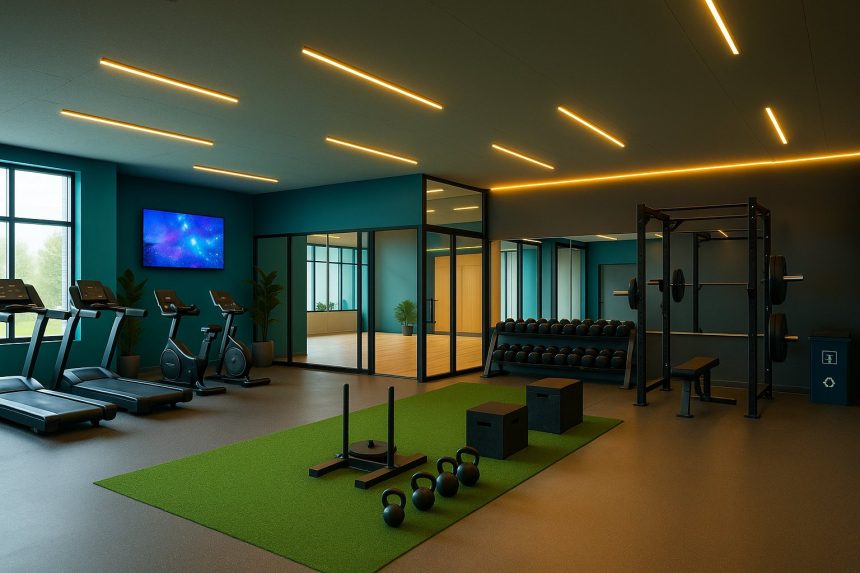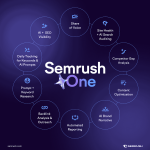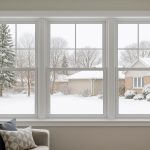Creating a motivating commercial gym environment involves careful planning and attention to detail. You can achieve this by focusing on layout, equipment selection, atmosphere, technology integration, staff motivation, and sustainability.
Building a motivating gym space can be challenging, but with the right approach, you can create an environment that inspires and energizes your members. This article will guide you through the key aspects of designing a gym that keeps people coming back.
Here’s what we’ll cover:
✔️ Planning the layout for safety and efficiency
✔️ Incorporating the right equipment and amenities
✔️ Enhancing atmosphere with lighting and color
Let’s explore how you can transform your gym into a motivating powerhouse that drives results for your members and your business.
Planning The Layout For Safety And Efficiency
Considering Optimal Space Usage
Effective space utilization is key to creating a successful commercial gym. You’ll want to strike a balance between fitness center equipment placement and open areas for movement. Start by mapping out your available space and identifying high-traffic zones. Place popular machines and equipment strategically to avoid overcrowding.
Consider using multi-functional equipment that serves multiple purposes to save space. Create dedicated areas for free weights, cardio machines, and functional training. Don’t forget to leave ample room for stretching and cool-down activities.
By maximizing every square foot, you’ll create a gym that feels spacious and inviting, even during peak hours.
Designing Clear Pathways
Clear pathways are crucial for a safe and efficient gym environment. You should aim to create wide, unobstructed routes throughout your facility. This allows members to move freely between equipment and different workout areas.
Mark pathways clearly with floor markings or different flooring materials. Ensure these routes are at least 3 feet wide to accommodate people of all sizes and abilities. Pay special attention to areas around heavy equipment and free weights, where extra space is needed for safety.
Well-designed pathways not only improve safety but also enhance the overall gym experience for your members.
Ensuring Emergency Exits And Protocols
Safety should always be your top priority in gym design. Clearly mark all emergency exits with illuminated signs visible from every area of the gym. Keep these exits free from obstructions at all times.
Develop comprehensive emergency protocols and train your staff regularly. Conduct monthly safety drills to ensure everyone knows what to do in case of an emergency. Install fire extinguishers in easily accessible locations and check them regularly.
Post evacuation plans throughout the gym and near exits. By prioritizing emergency preparedness, you create a safer environment for both staff and members.
Zoning For Different Activities
Creating distinct zones for various activities enhances safety and improves user experience. Designate specific areas for cardio equipment, strength training, and group classes. This separation helps prevent accidents and allows members to focus on their workouts without distractions.
Place noisy equipment like treadmills away from areas that require concentration, such as yoga or stretching zones. Consider using different flooring materials or colors to visually separate these areas.
Proper zoning also helps manage traffic flow and reduces the risk of collisions between members using different types of equipment.
Maximizing Traffic Flow
Optimizing traffic flow is essential for a smooth-running gym. Start by placing popular equipment in easily accessible areas to prevent bottlenecks. Create logical paths between different workout zones to encourage natural movement throughout the space.
Position water fountains and rest areas strategically to avoid congestion. Consider the layout of locker rooms and how members will move from there to different parts of the gym.
A well-planned traffic flow not only improves safety but also enhances the overall gym experience. Members will appreciate the ease of navigation and the ability to move efficiently between different workout areas.
Incorporating The Right Equipment And Amenities
Selecting Functional Equipment
You’ll want to focus on choosing versatile and durable equipment for your gym. This approach caters to a wide range of fitness levels and activities. When selecting equipment, consider factors like durability, ease of use, and maintenance requirements.
Opt for pieces that can accommodate various exercises and body types. Multi-functional machines and adjustable equipment are excellent choices as they maximize space efficiency and user options.
Designing Strength Training Areas
Creating effective strength training areas requires careful planning. Arrange equipment to allow for safe and efficient movement between exercises. Leave ample space around free weights and machines to prevent overcrowding. Consider incorporating different zones for powerlifting, bodyweight exercises, and functional training. Proper flooring is crucial in these areas to absorb impact and reduce noise.
Setting Up Cardio Zones
Your cardio zone should be inviting and efficient. Position cardio equipment to face engaging views or entertainment screens if possible. Group similar machines together for easy navigation. Ensure adequate spacing between machines for comfort and safety.
Create a motivating atmosphere with good lighting and ventilation. Don’t forget to include areas for stretching and cool-down exercises nearby.
Including Group Fitness Spaces
Group fitness spaces need careful consideration. Design these areas with flexible layouts to accommodate various class types. Pay attention to acoustics to ensure clear instruction and motivating music. Choose appropriate flooring for different activities, from high-impact aerobics to yoga.
Include storage solutions for equipment like mats, weights, and resistance bands. Good ventilation and temperature control are essential for participant comfort.
Offering Comfort And Convenience Amenities
Comfort and convenience amenities play a significant role in member satisfaction. Provide well-designed locker rooms with secure storage options. Install quality showers with good water pressure and temperature control. Consider adding a relaxation area where members can unwind after workouts. Small touches like hair dryers, towel service, or a hydration station can greatly enhance the overall gym experience.
Enhancing Atmosphere With Lighting And Color
Importance Of Natural Lighting
Natural lighting plays a crucial role in creating an inviting gym environment. Sunlight streaming through windows can boost your mood and energy levels, making workouts more enjoyable.
To maximize natural light, consider installing large windows or skylights in your gym space. Positioning exercise equipment near these light sources allows members to soak up the benefits while working out.
The positive effects of natural light extend beyond aesthetics. Exposure to sunlight helps regulate your body’s circadian rhythm, improving sleep patterns and overall well-being. This can lead to better workout performance and recovery. Additionally, natural light reduces the need for artificial lighting during daytime hours, potentially lowering energy costs for your gym.
Applying Vibrant Color Schemes
Color has a powerful impact on mood and motivation in a gym setting. Bright, energizing hues can stimulate your senses and encourage an active mindset. Consider incorporating bold reds, oranges, or yellows to create an atmosphere of excitement and enthusiasm.
Effective color combinations for gyms often include contrasting shades. For example, pairing vibrant blues with complementary oranges can create a dynamic visual environment. Green accents can add a refreshing touch, promoting feelings of balance and harmony. Remember to use these colors strategically – accent walls or equipment in bright hues can provide pops of color without overwhelming the space.
Tailoring Lighting For Each Zone
Different areas of your gym require unique lighting approaches to enhance functionality and ambiance. In weightlifting zones, bright, focused lighting helps ensure proper form and safety. For cardio areas, softer, diffused lighting can create a more comfortable atmosphere for extended workouts.
Yoga or stretching spaces benefit from adjustable lighting options. Dimmer switches allow you to create a calming environment for relaxation-focused classes. In high-traffic areas like reception desks or locker rooms, ample lighting improves visibility and safety for members and staff.
Boosting Energy Through Light Design
Strategic light design can significantly impact your gym’s energy levels. LED lighting offers versatility and energy efficiency, making it an excellent choice for fitness spaces. Color-changing LED systems allow you to adjust the atmosphere throughout the day, matching the natural light cycle or specific class needs.
Consider incorporating dynamic lighting features that respond to movement or music. These interactive elements can add excitement to group fitness classes or create a motivating environment in cardio zones. Proper placement of mirrors can also amplify light, making spaces feel larger and more energized.
Aligning Aesthetics With Brand Identity
Your gym’s visual design should reflect its unique brand identity. Use your logo colors as inspiration for your overall color scheme, creating a cohesive look throughout the space. Incorporate branded elements like signage or wall graphics that reinforce your gym’s values and mission.
The aesthetic choices you make send a message about your gym’s personality. A sleek, modern design with clean lines might appeal to a high-end clientele, while a more rugged, industrial look could attract functional fitness enthusiasts. Consistency in design elements helps build brand recognition and creates a memorable experience for your members.
Lynn Martelli is an editor at Readability. She received her MFA in Creative Writing from Antioch University and has worked as an editor for over 10 years. Lynn has edited a wide variety of books, including fiction, non-fiction, memoirs, and more. In her free time, Lynn enjoys reading, writing, and spending time with her family and friends.















